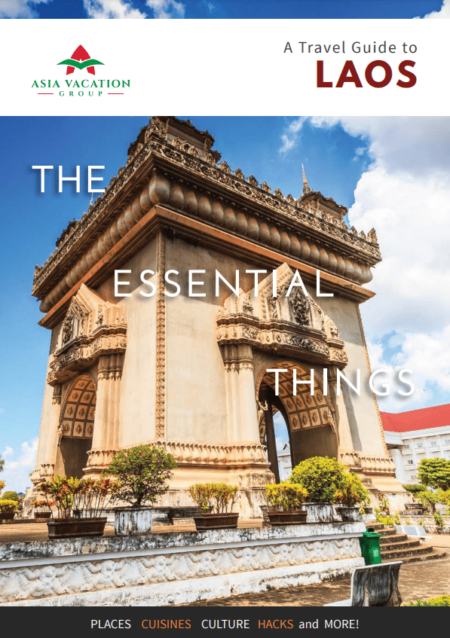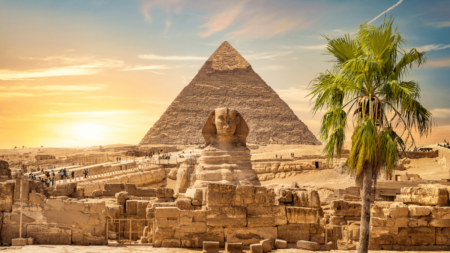Apsara Dance: Cambodia’s Enchanting Cultural Treasure
When you’re exploring the captivating wonders of Cambodia, Angkor Wat undoubtedly takes the number one spot on your must-see list. But what’s the second gem awaiting your discovery? In our opinion, it’s none other than the enchanting Apsara dance. This captivating art form represents the very essence of Cambodian culture, earning it UNESCO’s prestigious title of an intangible heritage.

Apsara dance’s remarkable survival through the dark days of the Khmer Rouge regime is a testament to its enduring beauty and cultural significance.
What Does “Apsara” Mean?
In Khmer mythology, Apsara is the goddess of love and dance. Apsara’s graceful image adorns the walls of Khmer structures, such as Angkor Wat. In the Angkorian era, Apsara dance added elegance to royal palaces and left intricate carvings on ancient temples nationwide, preserving its legacy in stone.

The Dazzling Outfits
The attire worn by Apsara dancers is a sight to behold, featuring elegant silk garments, resplendent jeweled headdresses, and an array of precious necklaces, earrings, bracelets, and anklets. This traditional costume radiates an air of royalty and sanctity, setting the stage for the mesmerizing performance to come.

Eloquent Movements
Apsara dance’s true enchantment lies in its intricate movements. Each arm curve, body motion, and hand gesture meticulously reenacts epic stories from ancient temple walls. With over 1,500 unique hand movements, each laden with profound meaning, these gestures convey tales from venerating nature to invoking legends of Buddhism and Hinduism.

Captivating Stories
Apsara, often dubbed the “Cambodian Ballet,” transcends dance to embody Cambodia’s history, culture, and aspirations. Through these graceful movements, Cambodians express their hopes for peace, prosperity, and fulfillment, making Apsara more than a mere prayer—it’s a living history book, recounting Cambodia’s past triumphs and tragedies.

The Dedicated Dancers
Apsara dancers embark on their rigorous training at a tender age, typically around 8 to 9 years old. The art’s precision demands remarkable flexibility in their bones, allowing their fingers to bend almost seamlessly toward their wrists. Understanding the life stories of these dedicated dancers can offer a deeper appreciation of this captivating art form.

In closing, Apsara dance is an enthralling and culturally rich treasure that encapsulates the spirit, history, and resilience of the Cambodian people. It stands as a testament to Cambodia’s enduring traditions and is an absolute must-see for anyone fortunate enough to explore this extraordinary nation. So, once you’ve marveled at the grandeur of Angkor Wat, be sure to reserve some time for the enchanting Apsara dance—a living embodiment of Cambodia’s past and present.








































 planning
planning